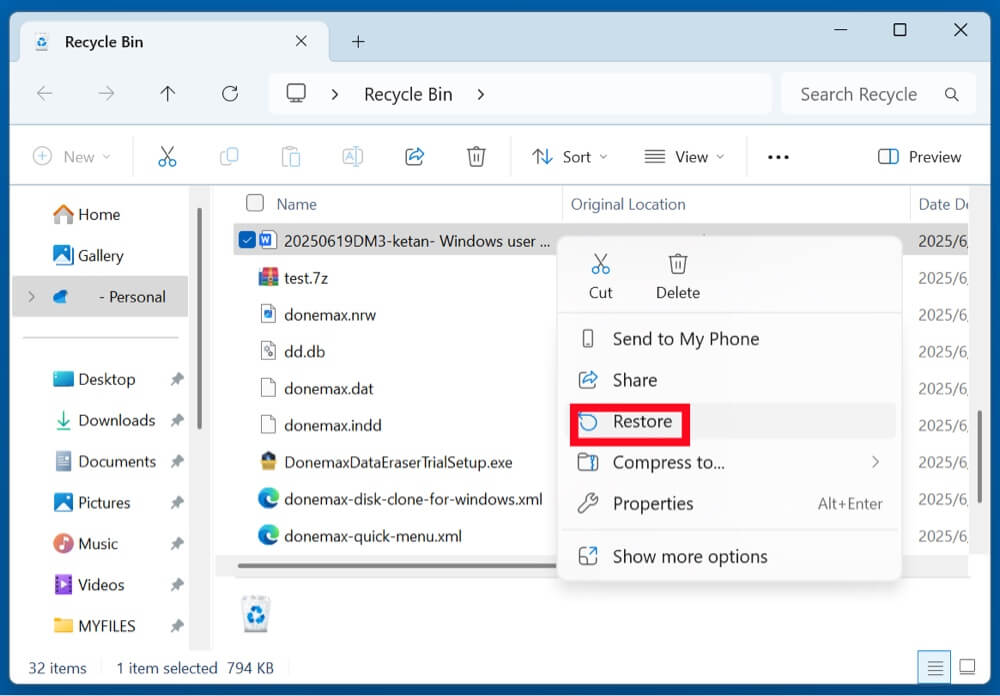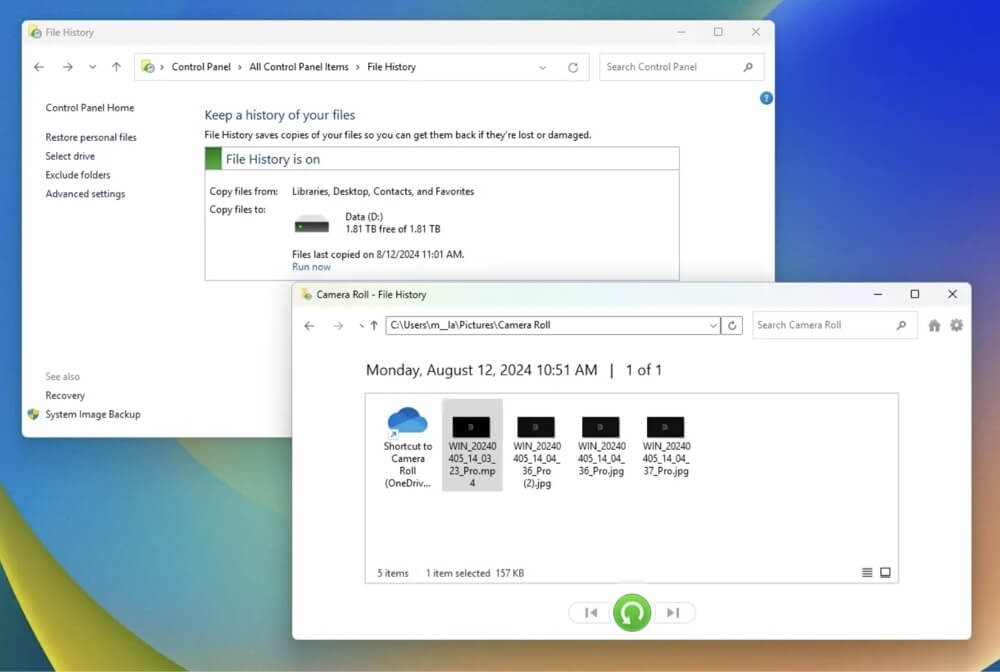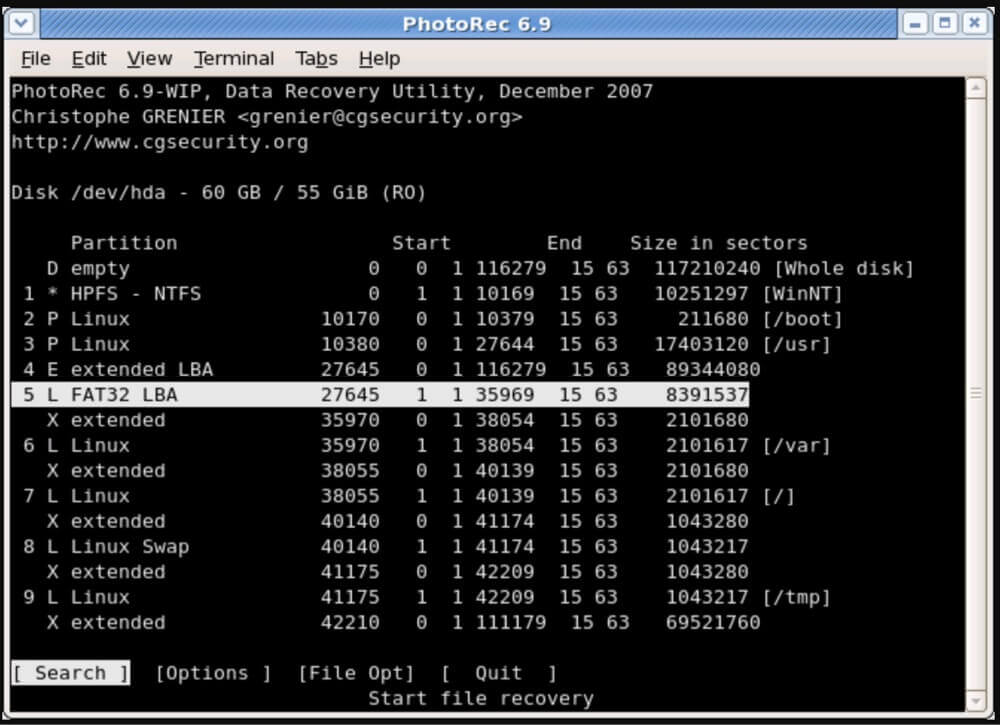Before we start: Accidentally delete a file from a FAT32 drive? Format your FAT32 by mistake? Don't worry, data recovery software - such as Donemax Data Recovery can easily recover lost files from a FAT32 drive. It not only can recover permanently deleted files, but it also can recover formatted or inaccessible data.
PAGE CONTENT:
The FAT32 file system is one of the oldest and most widely used storage formats for removable media like USB flash drives, SD cards, and external hard drives. However, data loss on FAT32 drives is a common issue faced by millions of users worldwide. Whether you've accidentally deleted files, formatted your FAT32 drive, or encountered corruption, recovery is often possible with the right tools and timely action.
This comprehensive guide explains FAT32 data recovery, its challenges, practical recovery methods, and essential prevention tips.
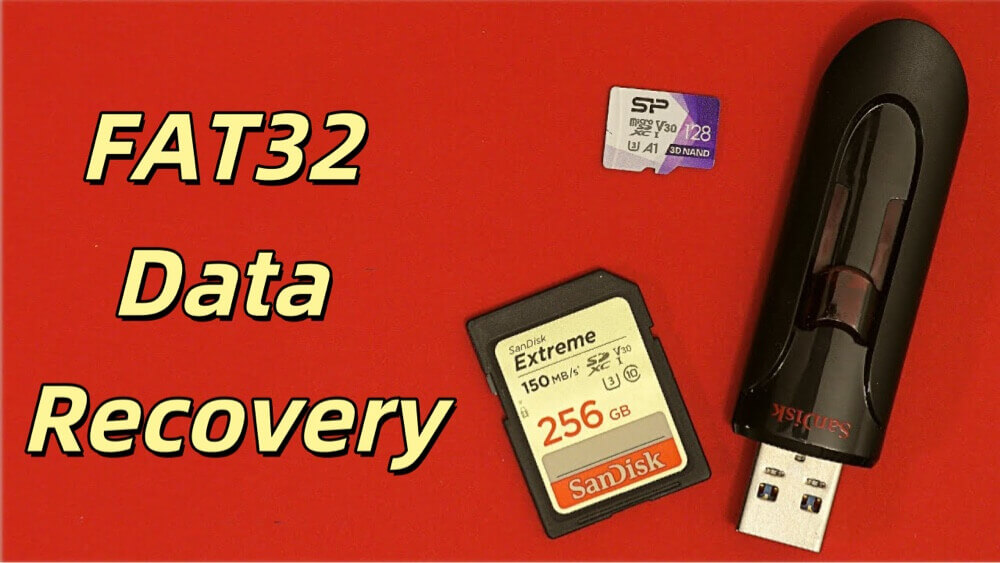
What is FAT32?
FAT32, short for File Allocation Table 32, is a file system format introduced by Microsoft in 1996. It succeeded earlier FAT versions like FAT12 and FAT16 and quickly became the standard for portable storage devices due to its broad compatibility.
Key Features of FAT32:
- Supports drives up to 2TB (theoretically larger with special configurations)
- Maximum file size of 4GB
- Compatible with Windows, macOS, Linux, gaming consoles, cameras, and more
- Ideal for USB drives, SD cards, external HDDs, and older systems
Despite its age, FAT32 remains widely used due to its cross-platform support. However, its limitations - particularly the 4GB file size cap and vulnerability to corruption - often lead to data loss scenarios.
Common Causes of Data Loss on FAT32 Drives
Understanding how data loss occurs can help in both recovery and prevention. Here are the most frequent reasons:
1. Accidental Deletion
One of the most common causes. Files may be deleted manually or by mistake, especially when managing files across multiple devices.
2. Formatting the Drive
Sometimes users format a FAT32 drive unintentionally, wiping all data. Quick formats do not erase data entirely, making recovery possible.
3. File System Corruption
Improper ejection, sudden power loss, or interrupted data transfer can corrupt the FAT32 file system, rendering files inaccessible.
4. Virus or Malware Infection
Viruses can hide, delete, or corrupt files, particularly on USB drives used across different computers.
5. Physical Damage or Bad Sectors
Hardware issues, bad sectors, or physical damage can cause data loss. Logical recovery works if the drive is still detectable.
Is FAT32 Data Recovery Possible?
Yes, in most cases, FAT32 data recovery is achievable, especially if:
- You stop using the drive immediately after noticing data loss
- The lost data hasn't been overwritten
- The drive is physically intact
Data recovery success depends on factors like the extent of damage, whether files were overwritten, and the recovery method used.
Logical vs. Physical Damage
- Logical damage: File system errors, accidental deletion, formatting (Recoverable with software)
- Physical damage: Broken ports, damaged circuits, severe wear (Professional recovery needed)
3 Methods to Recover Data from FAT32 Drives
Here are reliable ways to retrieve lost or deleted files from FAT32 drives:
Method 1. Recover Deleted FAT32 Files from Recycle Bin
When FAT32 drives like external HDDs are connected to a computer, deleted files may move to the system's Recycle Bin.
Steps:
- Open the Recycle Bin on your PC
- Search for the deleted files
- Right-click > Restore
![FAT32 data recovery]()
💡 Note: For removable devices like SD cards or flash drives, files often bypass the Recycle Bin, making recovery software necessary.
Method 2. Recover FAT32 Drive from Backup
If you regularly back up your files using:
- File History (Windows)
- Time Machine (macOS)
- Third-party backup software
You can restore deleted files from your latest backup copy.
Steps (Windows Example):
- Open Control Panel > File History
- Select the file/folder to restore
- Click Restore to return the files to their original location
![FAT32 data recovery]()
Method 3. Recover FAT32 Drive Using FAT32 Data Recovery Software
If your FAT32 drive has suffered accidental deletion, formatting, or corruption, and you have no backup available, using professional data recovery software is your best option. These tools specialize in scanning FAT32 file systems and retrieving lost files, even if the drive appears empty or RAW.
How FAT32 Recovery Software Works?
When files are deleted from a FAT32 drive, the actual data remains on the storage device until new data overwrites it. Only the file index or pointer is removed from the file system's directory table. FAT32 recovery tools scan the raw sectors of the storage device to locate these "orphaned" files, reconstruct file structures, and allow recovery.
The success of the process depends on:
- How soon you attempt recovery after deletion
- Whether the drive has been used after data loss (overwriting reduces success rates)
- The severity of corruption
Features to Look for in Reliable FAT32 Recovery Software
- FAT32 file system compatibility: Not all tools support FAT32 alongside NTFS/exFAT
- RAW recovery capability: For drives showing RAW or inaccessible
- File type filters: Recover specific files like photos, videos, documents
- Preview feature: Verify file integrity before recovery
- Deep scan option: For thorough sector-by-sector scanning
- Support for external and removable devices: USB, SD cards, external HDDs
Donemax Data Recovery is a reliable FAT32 data recovery program. It can easily and securely recover deleted, formatted and lost data from any FAT32 drive:
Step-by-Step FAT32 Data Recovery Using Donemax Data Recovery:
Step 1: Download and install Donemax Data Recovery on your computer.
Step 2: Connect your FAT32 drive (USB, SD card, etc.)
Step 3: Launch the software and select the FAT32 drive from the list.
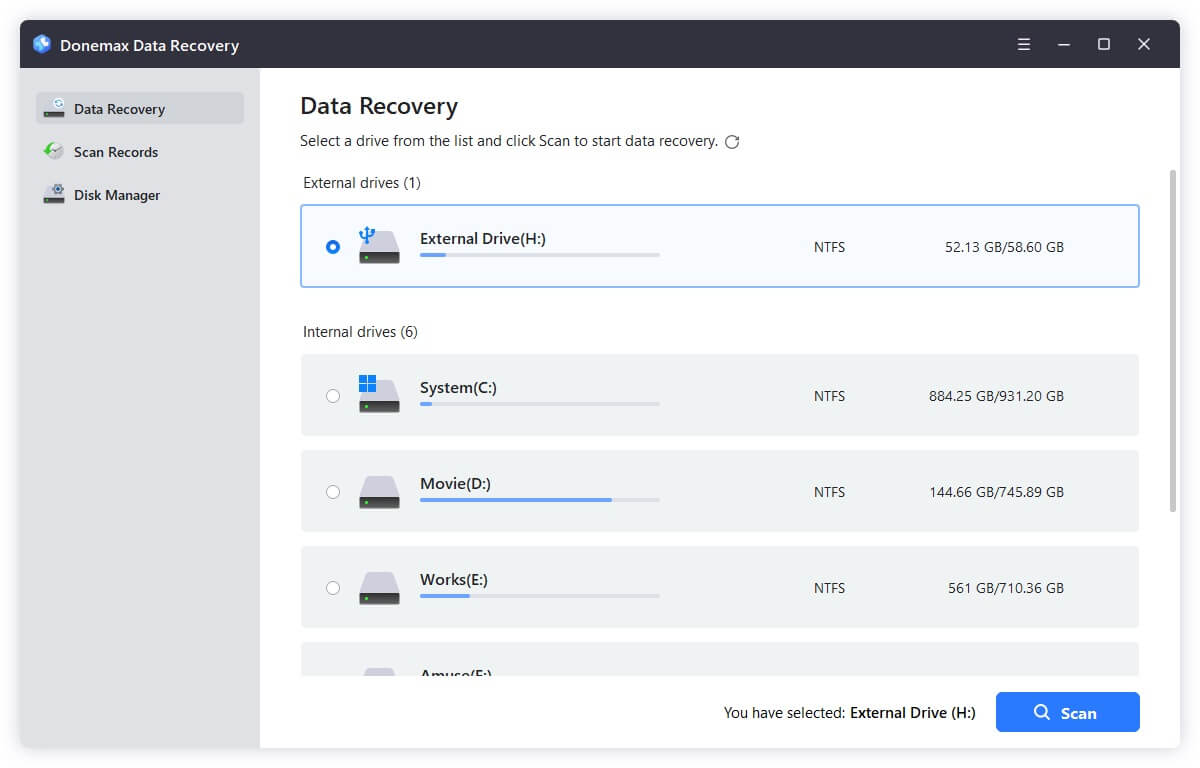
Step 4: Click Scan to start analyzing the drive.
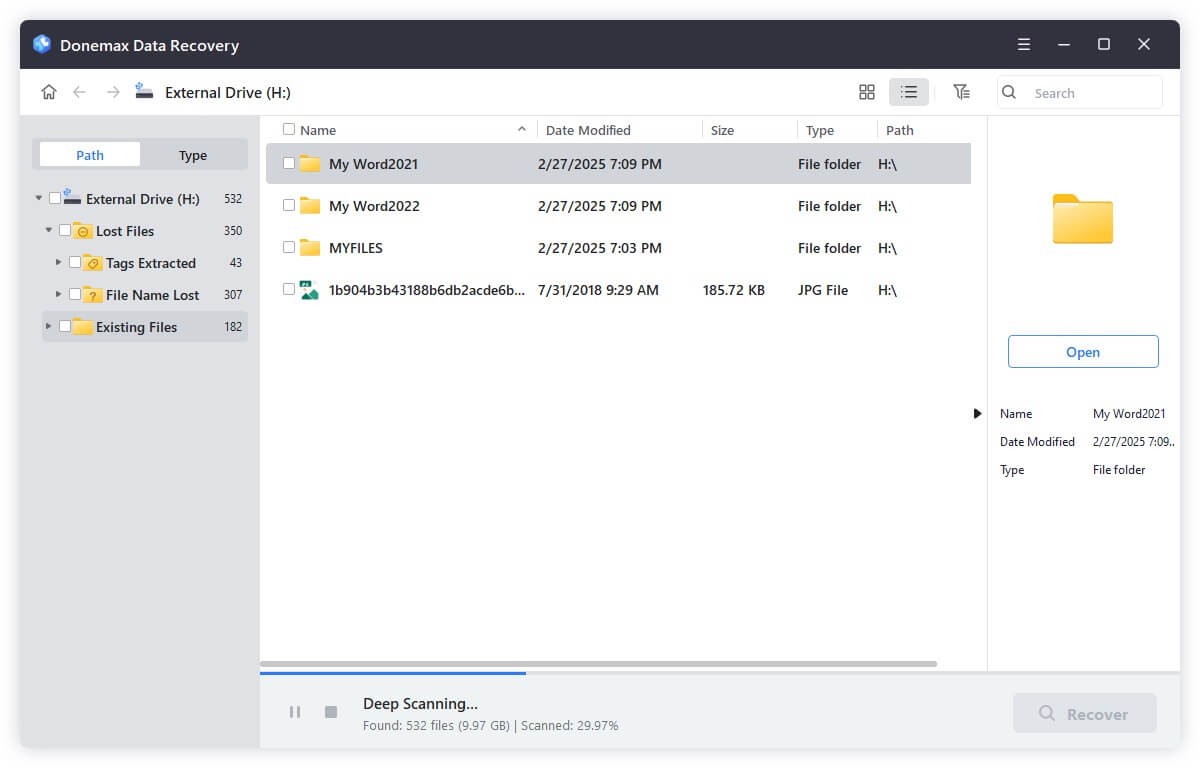
Step 5: Preview recoverable files (photos, videos, documents).
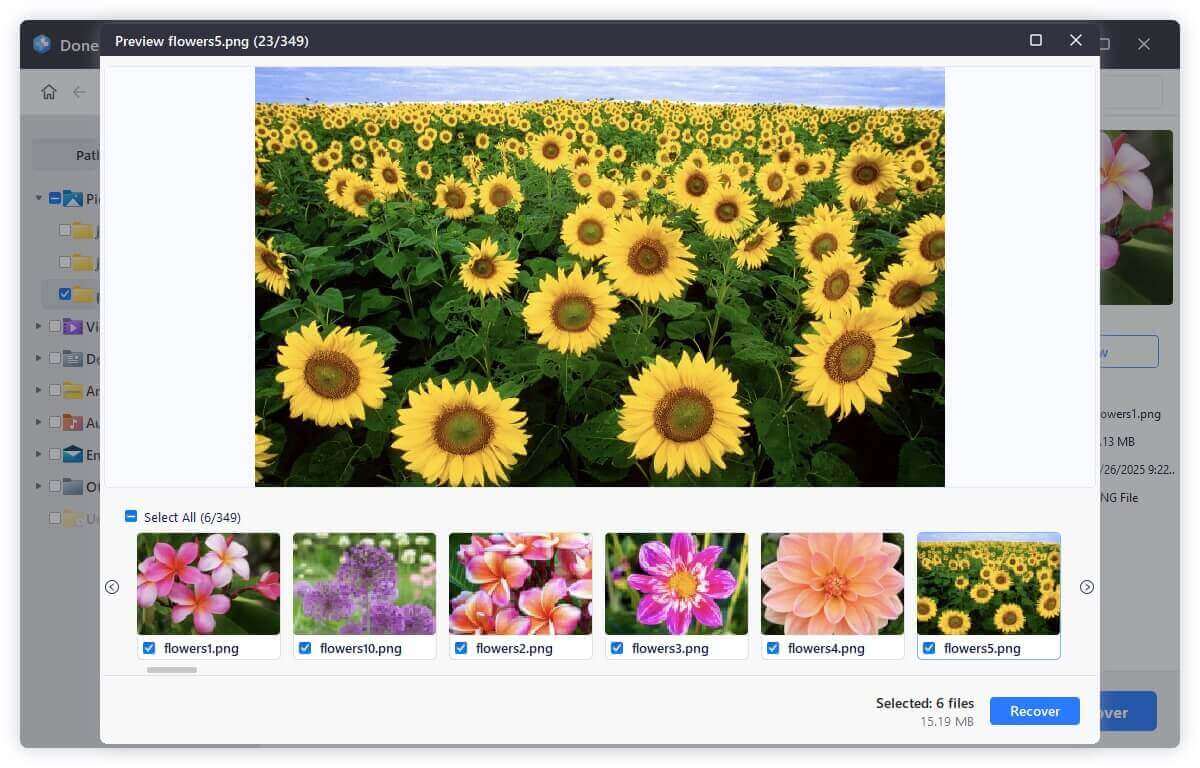
Step 6: Select desired files and click Recover to save them to another safe location.
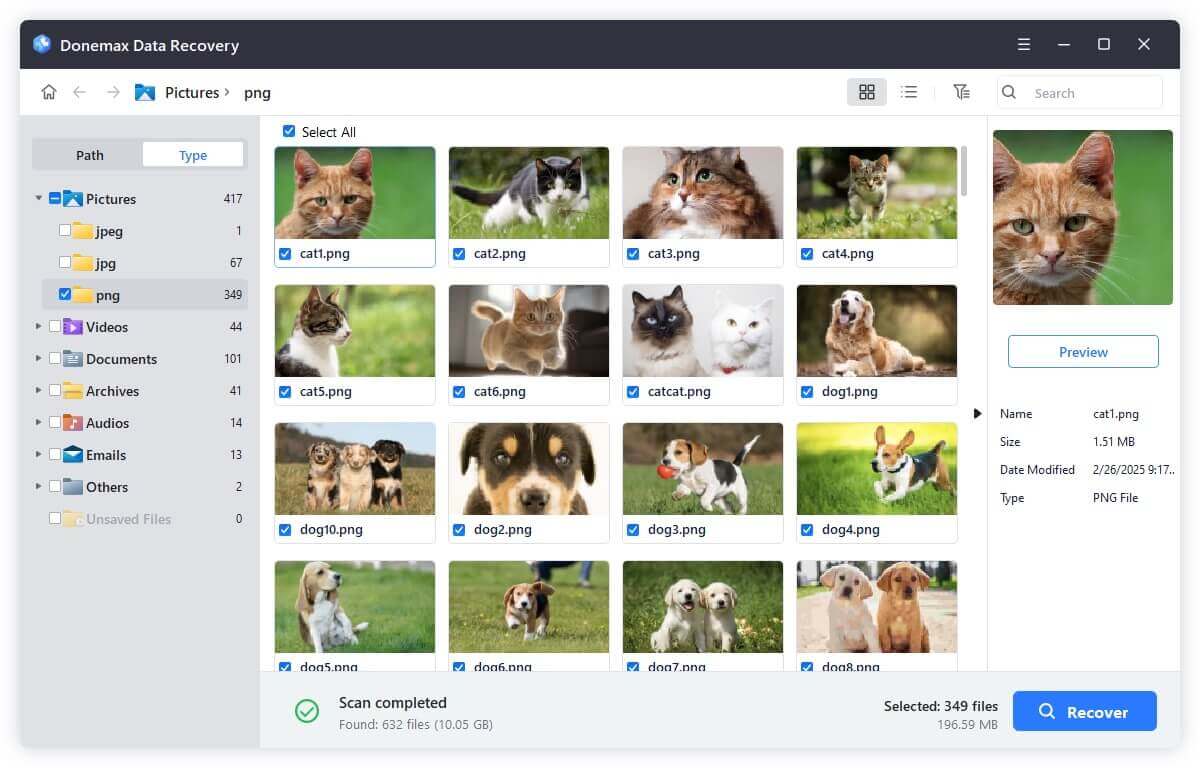
💡 Tip: Never recover files to the same FAT32 drive to avoid overwriting.
Advanced Tip: Using PhotoRec for FAT32 Drives
PhotoRec is a free, open-source tool that works at the sector level and can recover data from severely corrupted FAT32 drives, even if partitions are damaged.
- Supports recovery of over 480 file types
- Works on Windows, macOS, and Linux
- Ideal for users with technical experience
Basic PhotoRec Usage:
- Run PhotoRec (command-line interface)
- Select the FAT32 device
![FAT32 data recovery]()
- Choose the type of files to recover
- Specify destination for recovered files
While effective, PhotoRec lacks a graphical interface, making it better suited for advanced users.
Prevent Future Data Loss on FAT32 Drives
To minimize data loss risks:
- Always safely eject drives before removal
- Maintain regular backups (local and cloud)
- Run antivirus scans on removable drives
- Avoid exceeding FAT32 limitations (file size over 4GB)
- Monitor drive health using tools like CrystalDiskInfo
- Consider using exFAT or NTFS for better performance and fewer limitations (especially on larger drives)
Conclusion
FAT32 remains a popular file system for portable storage due to its universal compatibility, but it's prone to issues like accidental deletion, formatting, and corruption. Fortunately, FAT32 data recovery is possible using reliable methods:
- Check Recycle Bin and backups
- Use trusted data recovery software
- Recover files from formatted or RAW drives
- Prevent future loss with safe practices and backups
Act quickly after data loss to maximize recovery success, and consider upgrading to more robust file systems for improved performance and fewer limitations.
FAQs About FAT32 Data Recovery
1. How to recover deleted files from a FAT32 drive?
If you can't find the deleted files in recycle bin or trash bin, just use data recovery software to recover the deleted files.
- Download and install Donemax Data Recovery.
- Open Donemax Data Recovery, select the FAT32 drive.
- Click on Scan button to deeply scan the FAT32 drive.
- Find and recover the deleted files after scanning.
2. How to recover data from a formatted FAT32 drive?
Formatted your FAT32 drive by mistake? Quick format only removes file pointers, leaving data recoverable until overwritten.
Steps for Recovery:
- Avoid writing new data to the drive
- Use trusted recovery tools - such as Donemax Data Recovery
- Perform a full scan and restore lost files
If you performed a full format, chances of recovery significantly decrease, especially with modern secure formatting methods. Donemax Data Recovery offers deep scan mode for full format recovery.
3. Is FAT32 recovery possible without software?
Only if backups exist or files went to the Recycle Bin. Otherwise, software is required for deep scans and retrieval.
4. How to fix corrupted FAT32 drives?
After recovering your files:
- Run CHKDSK: chkdsk X: /f (replace X with drive letter)
- Or format the drive after backup
5. What's the difference between FAT32 and exFAT in recovery?
Both are recoverable with similar tools, but exFAT supports larger files and is generally more resilient on modern devices.
6. FAT32 drive showing RAW, how to fix it?
A FAT32 drive may appear as RAW, meaning the system can't recognize the file system. You may see errors like: "You need to format the disk before you can use it."
How to Recover Files from RAW FAT32 Drive:
- Use data recovery software capable of RAW recovery
- Scan the RAW drive for recoverable files
- Save the recovered data to another device
After Recovery - Fix the Drive:
- Right-click the drive > Format
- Choose FAT32 as the file system
- Complete the process to restore drive usability


Donemax Data Recovery
One of the best data recovery programs to recover deleted, formatted or lost data from PC, Mac, HDD, SSD, USB drive, SD card, camera, RAID, Sever or other storage devices.
Related Articles
- May 29, 2025How to Recover Lost Data from a Damaged/Corrupted Partition?
- Nov 18, 2025ADATA SSD Data Recovery and Repair: A Complete Guide
- Oct 28, 2024How to Recover Lost MKV Videos – A Comprehensive Guide
- Jun 28, 2024How to Recover Lost Data After Factory Reset on Windows 11/10/8/7?
- Jun 28, 2025What is a PLA File, How to Recover Deleted PLA File [5 Methods]
- Jun 11, 2025Recover Deleted Files from OneDrive: A Complete Guide

Charles
Charles, who lives in Sydney, Australia, is an editor & writer of Donemax Team. He is good at writing articles related with Apple Mac computers, Windows operating systems, data recovery, data erasure, disk clone and data backup, etc. He loves reading and playing tennis in his spare time and is interested in testing new digital devices such as mobile phones, Macs, HDDs, SSDs, digital cameras, etc.

Gerhard Chou
In order to effectively solve the problems for our customers, every article and troubleshooting solution published on our website has been strictly tested and practiced. Our editors love researching and using computers and testing software, and are willing to help computer users with their problems
